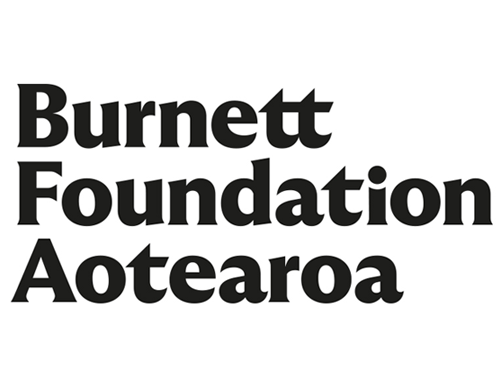Making a Quilt Panel
The Quilt’s non-threatening nature allows people from all walks of life to view and learn about the HIV epidemic from its human side. Its artistic and creative approach enables accessibility to all, regardless of literacy or ‘artistic skills.’
It is fair to say that, in general, New Zealanders are not at ease when speaking of death and bereavement. The process of creating a panel gives us permission and demands that we revisit memories and tell stories – selecting, refining and learning in the process. Making a panel can be an important part of the grieving and healing process.

The Quilt is comprised of fabric panels, each 6 ft by 3 ft. (1.82 x 0.91m) which are joined together into ‘blocks’ of 8 panels (12 ft x 12 ft – approx 3.6 x 3.6m). While the dimensions of the Quilt panels are standard (and are the same for all Quilt Projects around the world) there is an enormous variety of styles and methods employed in their making.
You need not be an artist to create a moving, personal tribute. Each panel is unique. You may choose to create a panel privately as a personal memorial or you may including friends, family, and co-workers etc. to help. That choice, like virtually everything else involved in making a panel, is completely up to you.

Select a durable, medium-weight, non-stretch fabric for the background. After you have completed your design on the panel, then cut and hem the fabric to 3 ft x 6 ft (0.91 by 1.82 metres). You may choose to sew a backing onto your panel. This adds to the strength as well as protecting any exposed stitching, etc.
Any design is acceptable; as elaborate or as simple as you wish. Your design can be vertical or horizontal, but the finished, hemmed panel must be 3 feet by 6 feet (91 cm x 182 cm) – no more and no less!

You may use applique (sew the letters etc. on as glue alone does not hold well), embroidery, cross stitch, felt tipped fabric pens, fabric paints, mementos, photographs laser printed onto fabric and sewn on, old clothing (in whole or in part), and any kind or kinds of material. You may wish to use the person’s full name, or perhaps only a first name or initials. Often a birth and death date are included. Special events, cities lived in, hobbies or interests, what work the person did, significant accomplishments, loved poems, sayings that reflect your feelings about that person – anything is acceptable. The choice is as great as your imagination.
In designing your panel remember that the Quilt will be folded, unfolded and refolded many times, so that durability of the design and materials used are crucial to the longevity of your panel.

When the panel is complete, take time to write a description of the person you have memorialized. Tell us what this person meant to you and what is the significance of the panel design you have created. In addition, we would ask you to fill in a Quilt Fact Sheet (a copy to save and then print to fill in can be downloaded here: Word DOC or PDF). Your story and information will be catalogued and held (in confidence if you wish) to become part of the history of The Quilt. If you are willing, your story will accompany your panel where ever it travels so that others may share in the understanding, remembering and celebrating of your loved one’s life.

When you are ready to give your panel to The Project, please contact us to make arrangements. The panel may be made either at a public display or privately.



